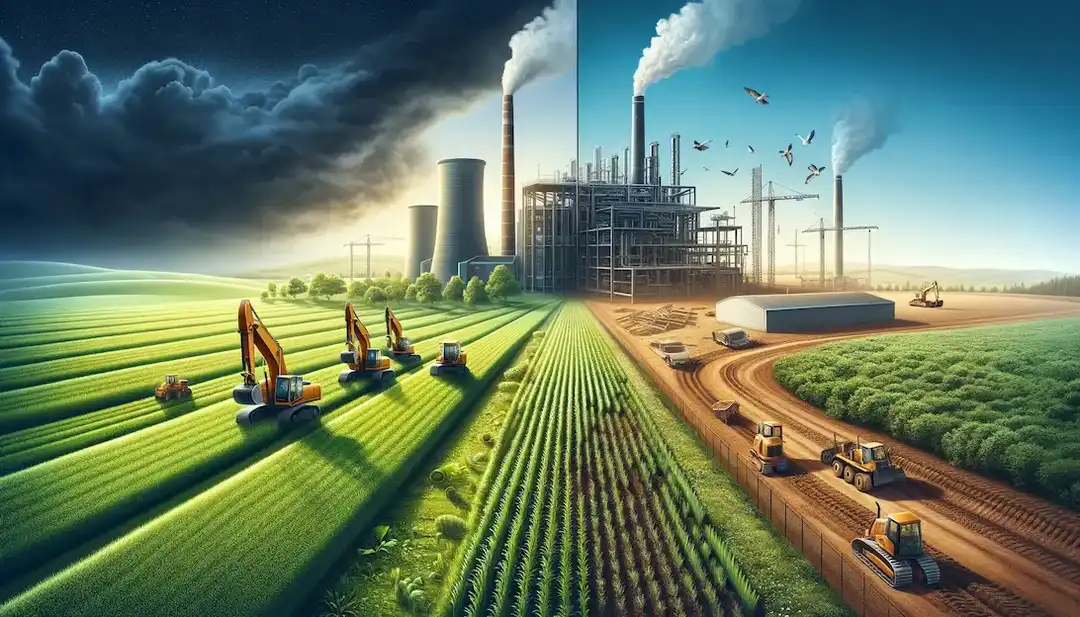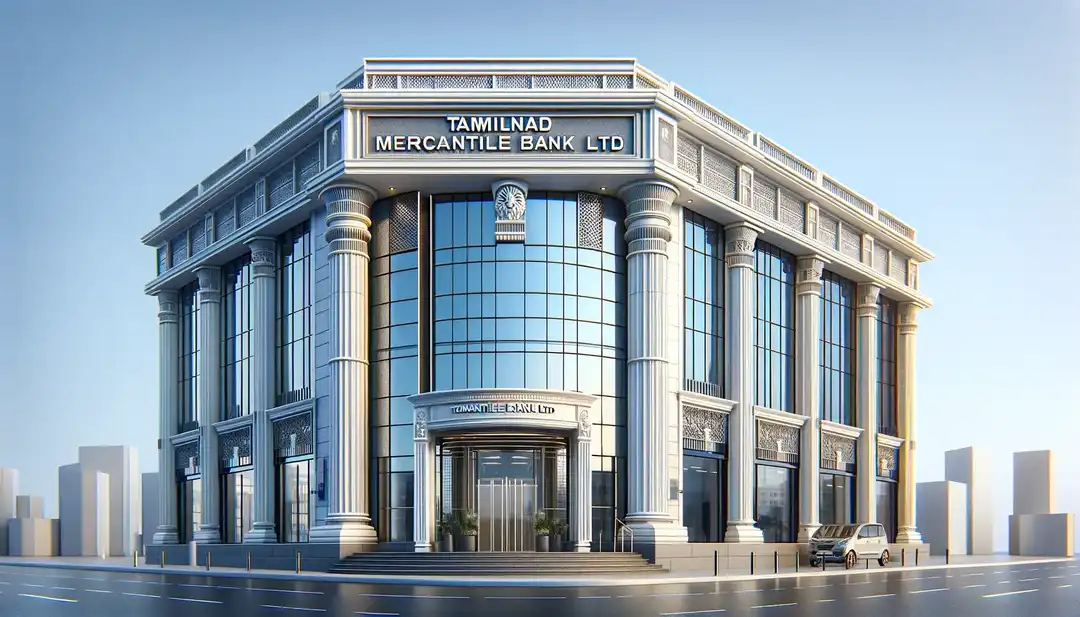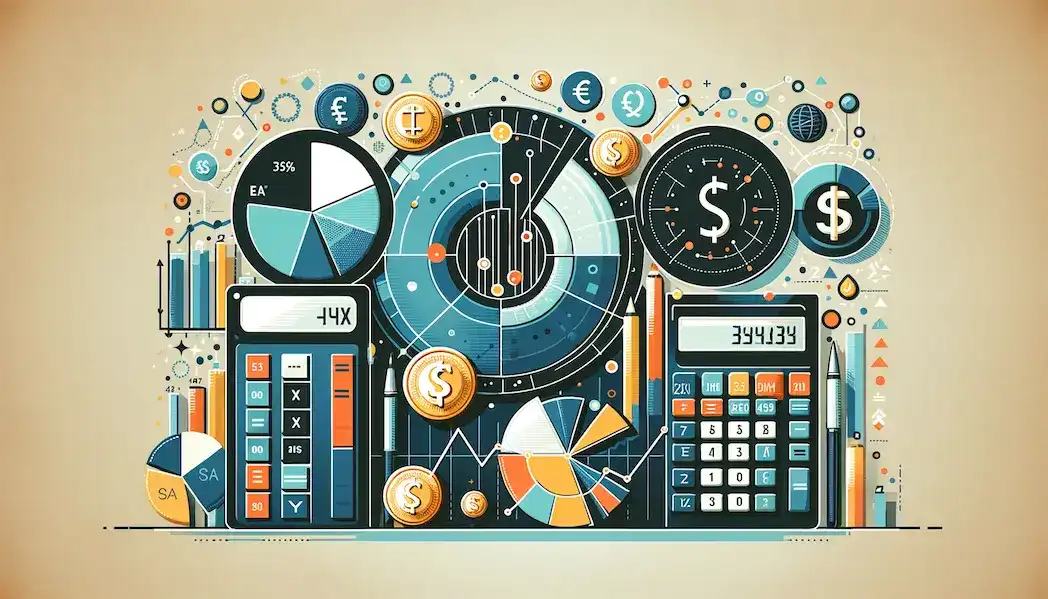January 29, 2024
Greenfield vs Brownfield Investments: Simplified

Hello Readers!
Today, we're unpacking a topic that often buzzes around the investment world: the difference between Greenfield and Brownfield investments. These terms might sound like they belong in a farmer's handbook, but they're actually crucial in understanding investment landscapes, especially in sectors like real estate and industrial development. Let's break them down in simple terms.
What is Greenfield Investment?
Greenfield investment refers to building something from scratch. Imagine an open field – green, untouched, and full of potential. Now picture building a new factory, office, or residential complex on this vacant land. That's Greenfield investment for you.
Key Characteristics:
- Starting Fresh: It involves constructing new facilities or projects.
- Longer Development Time: It takes more time to start as everything is built from the ground up.
- Higher Initial Costs: Costs are typically higher due to the need for new construction.
- Customization: Offers the freedom to design and build according to specific needs.
What is Brownfield Investment?
Brownfield investment, on the other hand, is like revamping an old house. It involves purchasing or leasing existing facilities and upgrading or modifying them. Think of an old, abandoned factory being turned into a modern manufacturing unit.
Key Characteristics:
- Utilizing Existing Structures: Involves refurbishing or enhancing existing facilities.
- Shorter Setup Time: Generally quicker to start operations as the structure is already there.
- Potential for Lower Costs: Can be less expensive if the existing infrastructure is usable.
- Environmental Concerns: Sometimes, environmental cleanup may be required, especially if the previous use was industrial.
Comparison: Greenfield vs Brownfield
Investment and Risk
- Greenfield: Higher investment and risk due to the uncertainty of building something new.
- Brownfield: Potentially lower investment and risk as the infrastructure is already present.
Time Frame
- Greenfield: Longer time to become operational.
- Brownfield: Quicker to start operations, which can be advantageous.
Control and Customization
- Greenfield: Total control over the project, offering more customization.
- Brownfield: Limited control and customization based on existing structures.
Environmental Impact
- Greenfield: Might face opposition if it threatens untouched natural areas.
- Brownfield: Often seen as more environmentally friendly as it reuses land and structures.
Both Greenfield and Brownfield investments have their pros and cons. Greenfield allows for innovation and tailor-made solutions but comes with higher costs and risks. Brownfield can be cost-effective and quicker to start, though it might come with limitations due to existing structures.
Your choice between the two should align with your project requirements, budget, timeline, and the level of control you desire. Understanding these differences empowers you to make informed decisions that align with your financial and investment goals.
Happy Investing!



